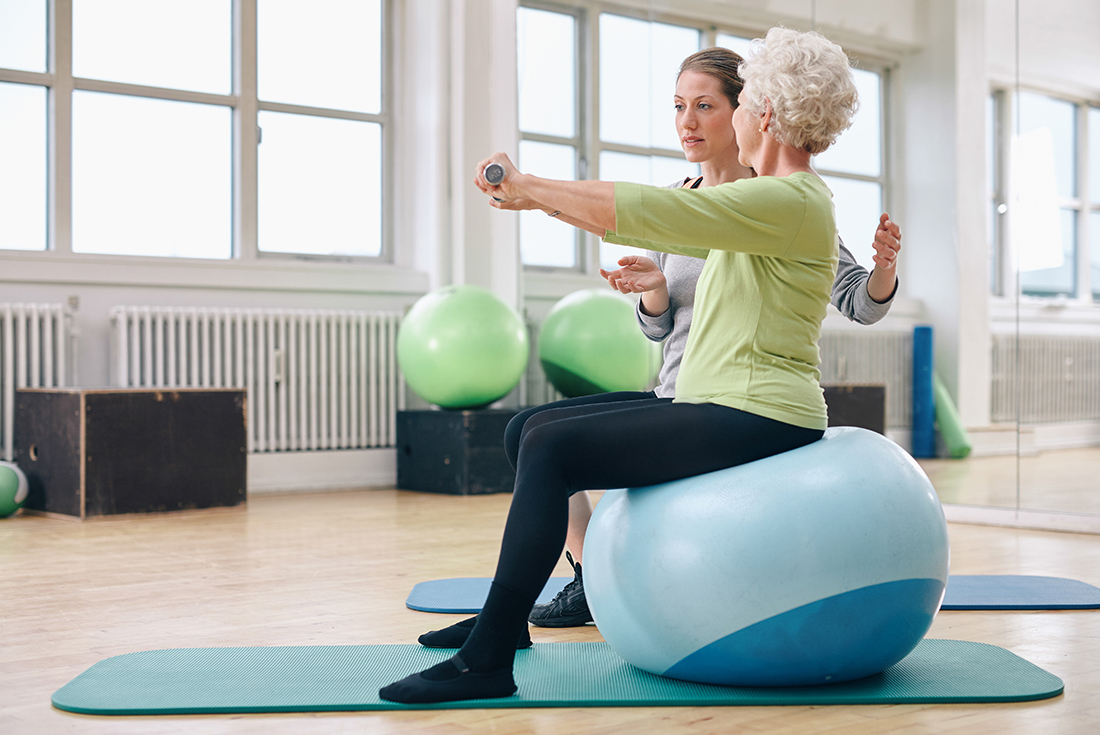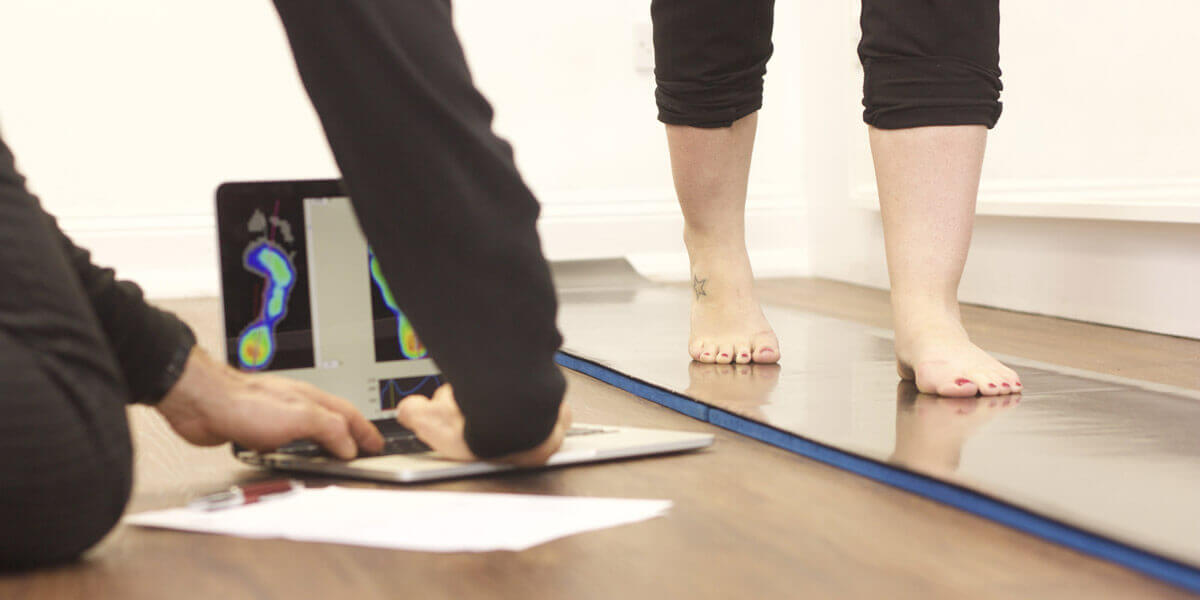The way you walk, including the speed, cadence, and stride constitutes the gait. Stress, injury and other health conditions can lead to a person’s inability to walk in the usual way.

Physical therapy, correct posture, wearing the right footwear can go a long way to help manage the abnormality. But one needs to go to the root cause of the abnormality and consult a specialist.
Abnormal gait is categorized as one of five types based on the symptoms or appearance of an individual’s walk. They are:
- Spastic gait
- Scissors gait
- Steppage gait
- Waddling gait
- Propulsive gait
Spastic gait
This occurs when a person drags her feet while walking. This type can also make someone appear to be very stiff when walking.
Scissors gait
A person whose legs bend inward will often have a scissors gait. With this type, a person’s legs cross and may hit each other while walking. The crisscross motion may resemble scissors opening and closing.
Steppage gait
Steppage gait occurs when a person’s toes point towards the ground while walking. Often, the toes will scrape against the ground as the person steps forward.

Waddling gait
With a waddling gait the person moves from side to side while walking. Waddling involves taking short steps as well as swinging the body.
Propulsive gait
Propulsive gait is when a person walks with his or her head and neck pushed forward. It can appear as though the person is rigidly holding a slouched position.
Trendelenburg gait
This can happen when your walk is affected by weakness in your hip abductor muscles. If your glutes are too weak to support your weight as you walk, you’ll walk with a noticeable side-to-side motion. It may look as though you’re limping or missing a step.
A limp may be either temporary or permanent. A limp may also clear up without medical intervention.
Correction Tips

The first line of treatment is to identify the cause of the abnormality and then go about correcting your gait.
To begin with take off your shoes, stroll barefoot up and down a hallway and notice where you feel pressure. Adjust your body alignment and foot placement till your weight is evenly distributed (consider consulting a physical therapist for this step). Make sure you’re striking the ground heel-first and pushing off your forefoot.
- Do balance training exercises daily. e.g. Flamingo Stand.
- Exercises to strengthen the muscles of your hip. E.g. lying hip raises.
Stay vigilant.
Disclaimer
The Content is not intended to be a substitute for professional medical advice, diagnosis, or treatment. Always seek the advice of your physician or other qualified health provider with any questions you may have regarding a medical condition.



